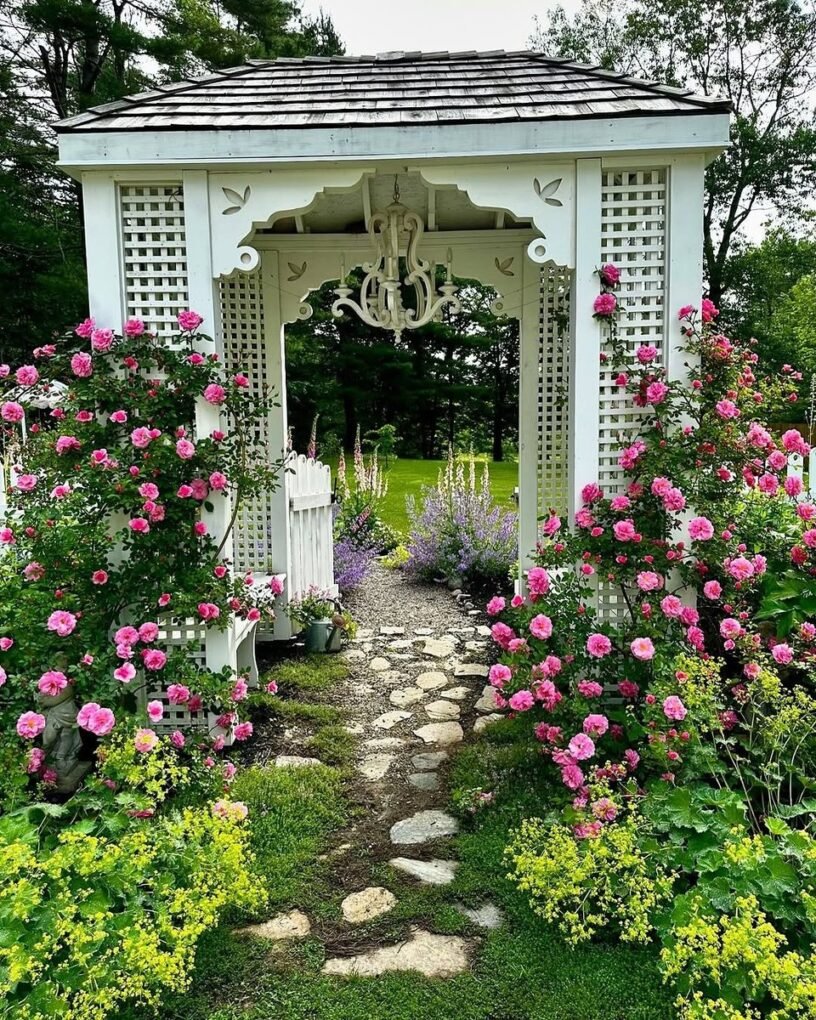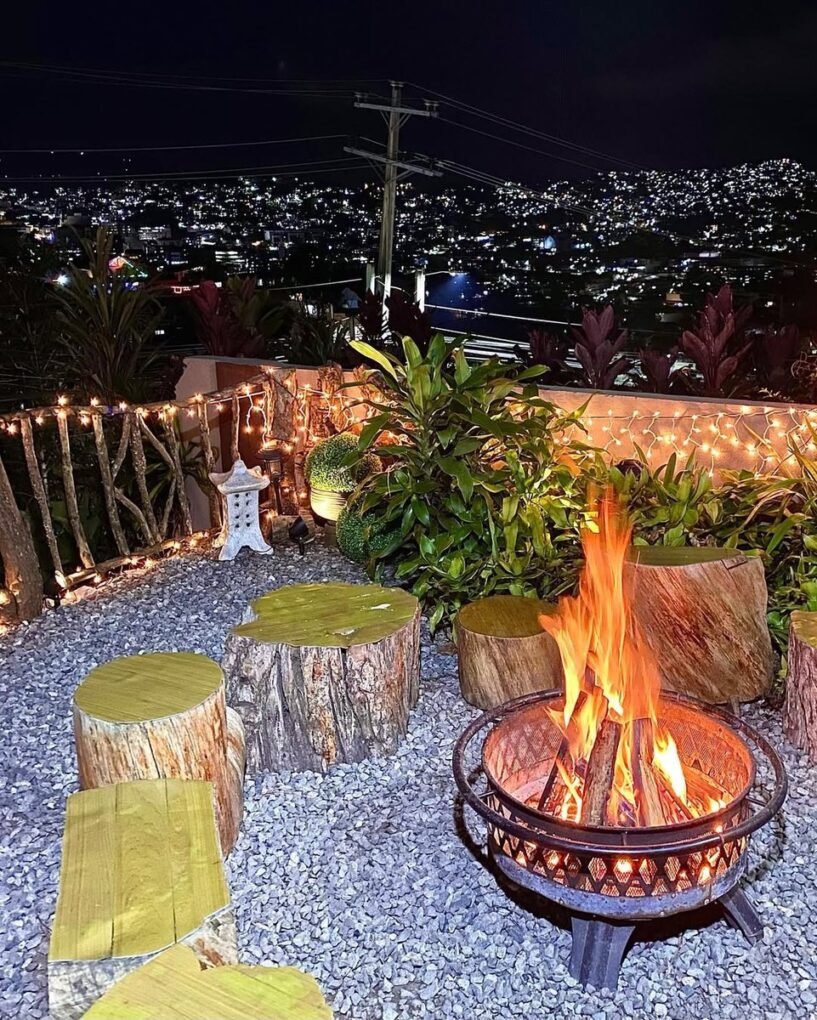Mulching is a landscaping fundamental if you wish to save time and control the growth of weeds. As well, mulching promotes a healthier landscape that will be more resistant to drought.
Whether you're mulching flower beds or even vegetable gardens, there are some essential mulching tips to take note of before you begin.
And when you've finished, you'll be pleased to know that you won't be spending as much time weeding, watering, and dealing with pest issues.

So let's check out these six mulching tips for beginner landscapers.
1. Organic or Inorganic Mulch - Which to Choose?
First off, you have to decide which type of mulch you wish to lay out on your landscape. Both organic and inorganic mulches have their particular benefits.
The great thing about organic mulches is that many decompose, resulting in soil improvement. Some examples of organic mulches include grass clippings, chopped leaves, straw, wood chips, shredded bark, pine needles, and sawdust.
Each organic mulch will have its own specific decomposition time too. For example, grass clippings will decompose rapidly compared to wood chips. So you will have to replace your grass clipping more often; however, your soil should improve quicker than if using woodchips.
Inorganic mulches, also known as landscape fabrics, can include black plastic, geotextiles, gravel, or stones.
The benefit of using black plastic is that it absorbs the sun's rays and heats your soil. So if you live in a cold region and would like your soil temperature to increase black plastic is a fantastic option.
On the whole, we recommend using organic mulch as it will fortify and enrich your soil over time.
And if you choose to use compost as mulch, your soil will improve dramatically in a short timeframe. On the flip side, using compost will mean you have to relayer your mulch more regularly - unless you decide to mix your mulch types throughout the year strategically.
2. When to Add Mulch?
There are no rules really about when you should add mulch, yet there are tips for good practice.
It's common for landscapers to add mulch in springtime or late fall. These are good times to check any existing mulch, where you might need to remove some, or maybe reconsider the type of mulch you are using.
Late fall is a good time because mulch acts as an excellent insulator and protector of your soil in the winter months. It regulates the temperature of your earth, so when spring comes around, the ground is in a much better condition than if you didn't add mulch.
Also, if you require a lot of mulch, an excellent idea is to skip buying it from a garden center and instead order it from a bulk supplier. The bulk supplier will deliver a large amount of mulch to wherever you need it, saving you a lot of effort and manpower. Plus, you should save a lot of money in the long run.
3. Be Wary of Low-Nitrogen Mulches
Sawdust and woodchips are low-nitrogen forms of mulches in that they deplete nitrogen from your soil. So if you are set on choosing one of these organic mulches, ensure that you treat your soil first with a high-nitrogen substance.
Interestingly, you can use fish meal or blood meal to increase the nitrogen levels in your soil. These products are both cheap and easy to get hold of.
If your soil does become too low in nitrogen, the plants above it will show signs of nitrogen deficiency. You can expect to see poor growth of nitrogen-starved plants, as well as yellowing leaves and leaves falling off.
4. How Much Mulch Should You Use?
It's not good to over-apply mulch as it can block much-needed oxygen from getting into your soil.
An ideal depth for mulch is two inches at minimum, but you can get away with up to four inches. Also, whatever depth you do decide to go with, make sure it's spread evenly so that all your soil interacts with the mulch in the same way. The last thing you want is patches that are more oxygen-deprived, making for uneven soil quality.
Furthermore, if you're interested in preventing climate change, a decent layer of mulch on your garden or chosen landscape is one way to do it. The mulch layers help keep carbon locked into the soil rather than being released into the atmosphere.
5. The Best Long-Lasting Mulch Options
If you want to use mulch that doesn't need to be changed so often or even at all, your best bet is to go with inorganic mulch options or river rock and stones.
Plastic mulches obviously won't break down, so you can just apply it and leave it there for however long you want it - that's it. For a more natural, long-lasting mulch, river rocks, and stones look great, and all you need to do is apply them once.
Bear in mind; these options can be pretty expensive compared to mulches such as grass clippings and straw. However, in the long run, you won't have to keep rebuying long-lasting mulches so you could actually save money.
If you only have a small area you need to mulch, you could go out and collect river rocks yourself - as a fun pastime as well as a practical need.
6. Mulch Your Shrubs and Trees Properly
Ensuring that mulch surrounds all your shrubs and trees is an excellent way of protecting them. When mowing or trimming, mulch acts as a barrier to preserve your shrubs and trees.
Yet, it's not a good idea to stack mulch up against your trees' bark. If you do, you'll make your trees vulnerable to pests.
Mulching Tips for Beginner Landscapers
We hope the various mulching tips we've run through will be helpful.
Mulching not only protects your soil, but it prevents erosion and can enhance your plants' growth too. Plus, mulch can add an aesthetically pleasing look to your landscape, and it's much less hassle than growing and maintaining a lawn.
We appreciate you stopping by. Please feel free to check out some of our other informative blog articles.




